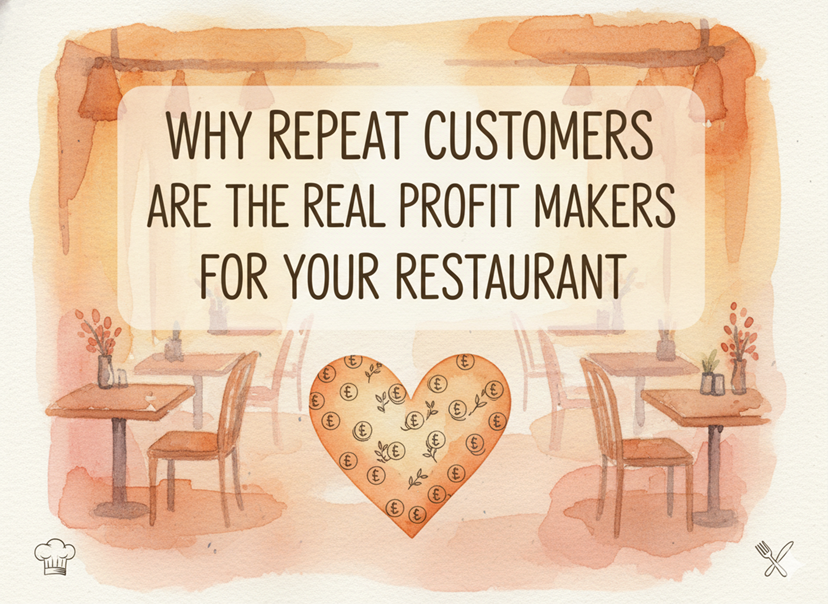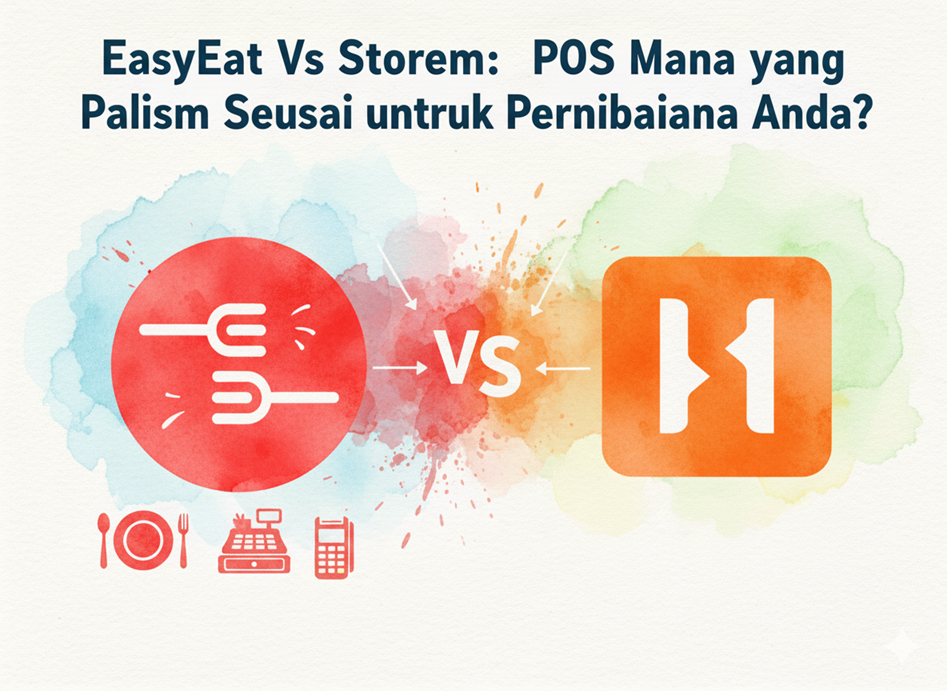Did you know that loyalty programs provided by POS systems increased the amount spent by a customer at once by 46%? Loyalty programs are designed at the backhouse of a restaurant. Discover the crucial role played by Point of Sale (POS) systems in optimizing backhouse processes of restaurants and enhancing efficiency.
The back of the house in a restaurant refers to the area where food preparation and other essential tasks take place. It is distinct from the front of the house, which includes the dining area and areas visible to customers.
Food Preparation
Kitchen staff can view orders instantly, helping them prioritize and prepare dishes in the order they were received. POS systems enable servers to communicate specific customer preferences or modifications to dishes directly to the kitchen. This ensures that customer preferences are met without confusion.POS systems can be integrated with inventory management software, providing real-time updates on ingredient levels. This helps kitchen staff track inventory, minimize waste, and reorder supplies promptly.
Inventory management
A POS system allows for real-time tracking of inventory levels. As sales occur and items are used in food preparation, the system automatically updates the inventory count. This helps in maintaining accurate and up-to-date inventory information.POS systems can be set to generate automatic reorder alerts when inventory levels fall below a predefined threshold. This helps restaurant managers and chefs stay proactive in restocking essential items to avoid shortages. By closely monitoring inventory levels and usage patterns, restaurant owners and managers can identify areas where waste can be reduced. This may involve adjusting portion sizes, modifying recipes, or implementing better inventory control practices.
Staff Management
Modern POS systems are designed with user-friendly interfaces that are easy to navigate. This simplifies the learning process for new staff members, reducing the time and effort required for training.POS vendors often provide training materials, such as manuals, videos, and tutorials, to assist staff in learning the system. These resources can be valuable for both initial training and ongoing development. Many POS systems have integrated time and attendance tracking features. Staff can clock in and out directly from the POS terminal, providing accurate records of working hours.POS systems can track the performance of servers, helping managers assess productivity, identify top-performing staff, and optimize workforce management. Many POS systems include timekeeping features for staff, streamlining the payroll process.
Data And Analytics
POS systems track sales data in real-time, providing insights into the number of transactions, sales amounts, and popular items. Managers can analyze this information to understand sales trends and make informed decisions about menu offerings and promotions. Restaurants can track the success of promotions and discounts through the POS system. Analyzing the impact of various promotional activities helps in refining marketing strategies and optimizing pricing structures.POS systems with Customer relationship management (CRM) features capture customer data, including purchase history and preferences. Analyzing this information helps in creating targeted marketing campaigns, loyalty programs, and personalized customer experiences.
Cleanliness And Sanitation
Some POS systems offer features that allow managers to set automatic reminders or timers for cleaning breaks. This helps ensure that cleaning tasks are regularly addressed throughout operational hours.POS systems can integrate with Kitchen Display Systems (KDS), where orders are displayed digitally in the kitchen. This eliminates the use of paper tickets, making it easier to manage orders while maintaining a clean and organized kitchen environment. Quality standards can also be recorded in the POS systems, which ensures that the dishes are prepared according to the standards.
In conclusion, the back of the house in a restaurant plays a pivotal role in food preparation, inventory management, staff training, data analytics, and maintaining cleanliness. Point of Sale (POS) systems streamline these processes by offering real-time tracking, automated alerts, user-friendly interfaces, and integrated features. From optimizing inventory levels and enhancing staff efficiency to analyzing sales trends and ensuring sanitation, POS systems contribute significantly to the overall success and quality management of a restaurant.
You have successfully learned how to use a POS system to automate your restaurant while focusing on improving customer service and the quality of the food. Comment on your experience with using a POS system or share the challenges that you’ve faced with them if any. If you haven’t already checked the first blog, do so right away and get insights on how you can use it to automate operations at the front end of the restaurant as well.




